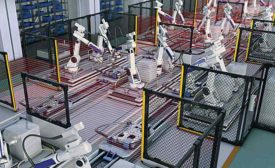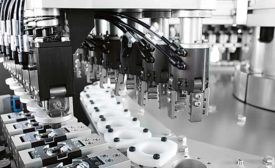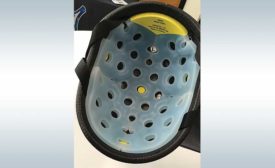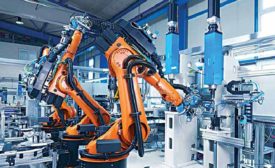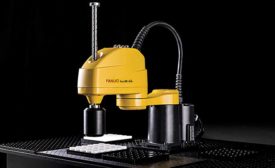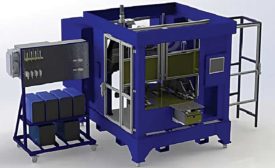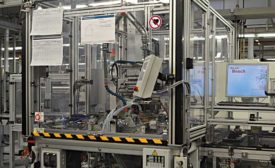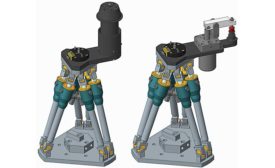Home » assembly machine
Articles Tagged with ''assembly machine''
Several technologies ensure that automated machines meet ANSI, ISO, ISA and OSHA safety standards
Read More
Next-Gen SCARA Robots
State-of-the-art SCARA robots are helping assemblers meet greater demand for speed and precision
April 2, 2018
Flexible Fixtures for Automated Assembly
Researchers have developed a hexapod-based reconfigurable fixture that can be used to assemble a family of automotive headlights.
March 5, 2018
Rotary Actuators for Automated Assembly
Decades-long refinement makes today’s rotary actuators more precise and versatile than ever
February 6, 2018
Never miss the latest news and trends driving the manufacturing industry
Stay in the know on the latest assembly trends.
JOIN TODAY!Copyright ©2024. All Rights Reserved BNP Media.
Design, CMS, Hosting & Web Development :: ePublishing
